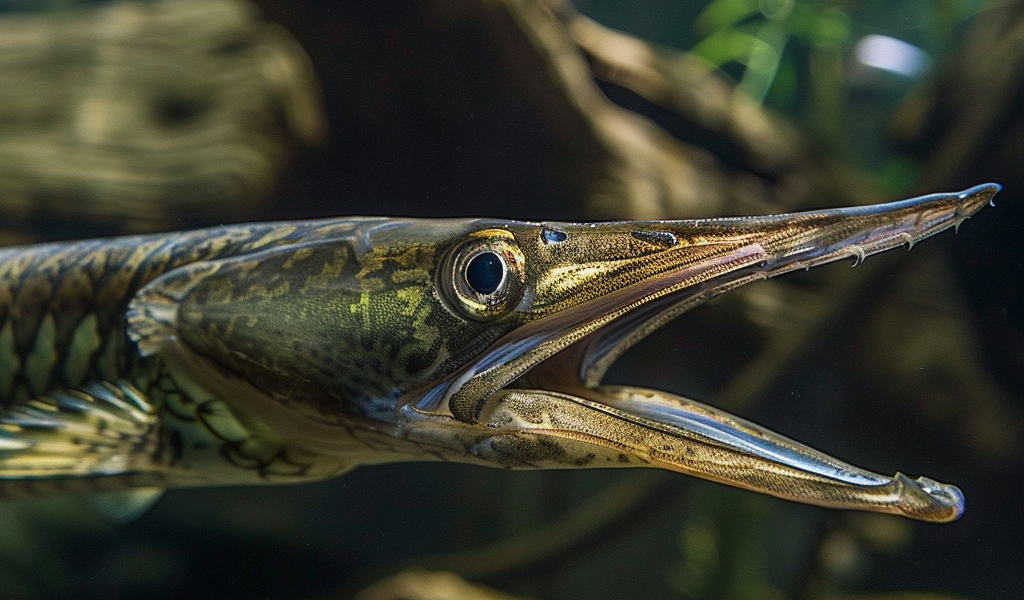Meet the new king of the ‘living fossils’
These ancient dart-shaped fish called gar have genomes that change about three times slower than other vertebrates.
If you take a look at a horseshoe crab, you are essentially peering back in time millions of years. Animals like horseshoe crabs, coelacanths, and the duck-billed platypus are what Charles Darwin called “living fossils” since alive specimens show very few physical differences from their ancestors in the fossil record dating back millions of years.
Now, an ancient group of ray-finned fishes called gars may be the ultimate living fossils, evolving slower than any other of these vertebrates. A study published March 4 in the journal Evolution found that they have the slowest rate of molecular evolution among all jawed vertebrates and its genome changes much more slowly than other animals.
What are gar?
There are seven known species of gar. They are found in North America and can live in fresh, brackish, and salt water and commonly live in slow-moving bodies of water like estuaries. They have bodies shaped like darts and a long beak that acts like a pair of forceps. They also lay green colored eggs that are highly toxic to any predators who want to eat them. All seven living species of gar species are nearly identical to the earliest known fossil gars. These specimens date back about 150 million years ago to the Jurassic period. As early as 100 million years ago (Mid-Cretaceous period) one of the two living major lineages of gars began to appear in the fossil record.
Looking at hybridization
In this new study, the team analyzed a dataset containing 1,105 exons–DNA’s coding region–from a sample of 471 jawed vertebrate species. They found that the gars’ DNA consistently evolves up to three times more slowly than any other major group of vertebrates. Sturgeon and paddlefish also showed slow rates of change, but their rate of changes was not as relaxed as gar. Researchers then looked at a process called hybridization, where two different species produce viable offspring that have the ability to reproduce when they reach maturity. Some gar species can mate and their offspring will remain fertile when they reach sexual maturity. The team looked at the alligator gar and longnose gar, two different gar species found in the Brazos and Trinity River systems.





